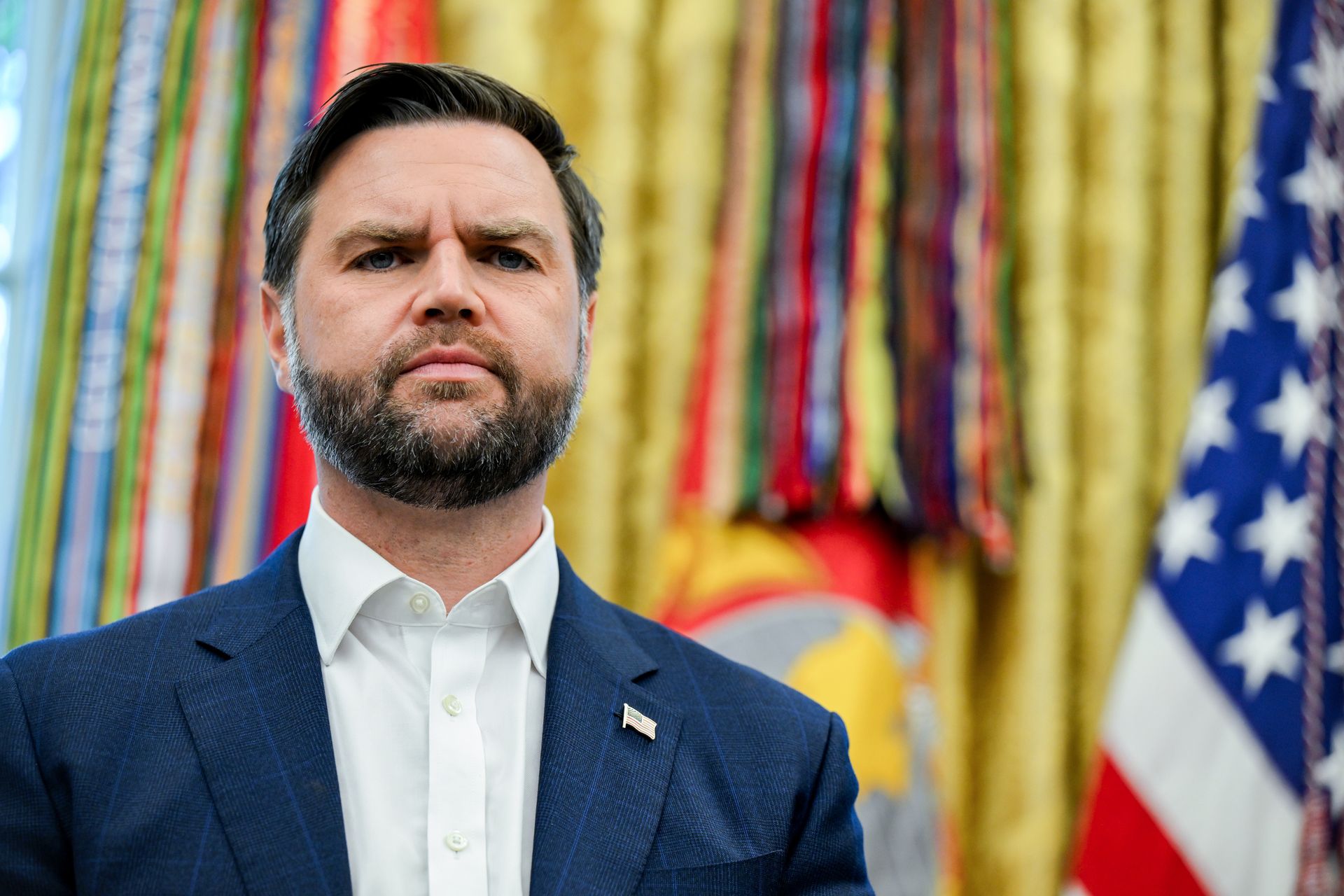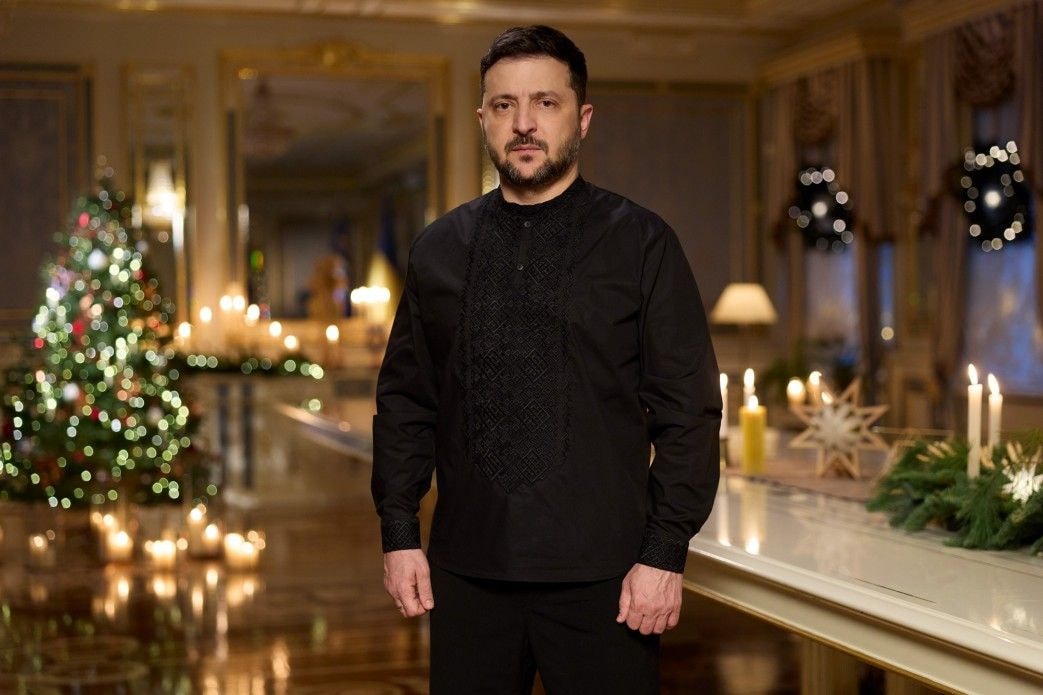Canada open to sending troops to postwar Ukraine, defense minister says

Canada’s Defense Minister David McGuinty said his country would be ready to send troops to Ukraine after the war if needed, pushing back on concerns that the Canadian Armed Forces are overstretched.
Speaking to reporters in Warsaw on Aug. 25, McGuinty expressed confidence in Canada’s operational capacity. "We’ve just come back from Ukraine. We’ve been able to assess and see more clearly what the needs are," he said, according to Bloomberg.
His comments came a day after visiting Kyiv with Prime Minister Mark Carney, who also signaled that Canada is not ruling out joining a future peacekeeping force. Their visit coincided with broader diplomatic efforts as Ukraine pushes for international security guarantees.
Canada is part of the so-called coalition of the willing—a group of about 30 countries working on security arrangements that could support any future peace deal. President Volodymyr Zelensky said on Aug. 25 he expects a "base plan" for such guarantees following this week’s meetings. He has called for "boots on the ground" from major international partners.
McGuinty emphasized that Canada is exploring a range of roles it could take on, depending on the outcome of talks, and considering responsibilities that could include equipment provision, funding, logistics, or intelligence support, he said. His department is currently developing potential scenarios for Canada’s involvement in Ukraine after a ceasefire or peace agreement.
Prime Minister Carney, who is touring Europe to strengthen security and economic ties, met with Polish Prime Minister Donald Tusk on Aug. 25. Carney reiterated Canada’s commitment to NATO and pledged to raise defense spending to four times its current level by the end of the decade.
"We learned much from the prime minister, from his government — including the importance of pulling our full weight in NATO," Carney said. "It will take us a few years to reach Polish levels of commitment, but it’s possible."
Poland currently spends 4.7% of its GDP on defense, the highest among NATO member states.
Tusk welcomed Canada’s ongoing support for Ukraine but clarified that Poland does not intend to deploy troops as part of a postwar peacekeeping mission. Instead, Warsaw plans to contribute by securing logistics and defending Europe’s border with Russia and Belarus.
On Aug. 24, Carney outlined a $1.4 billion assistance package for Ukraine. Of that amount, C$680 million will go toward purchasing U.S.-made military equipment based on a list coordinated between Ukrainian and American officials.
Canada and Ukraine also announced plans to cooperate on drone manufacturing. While few details were released, McGuinty emphasized the value of joint innovation. "Canada has a very deep engineering and technological talent pool to draw on," he said. "But we also did learn that the Ukrainians also have developed extraordinary capabilities on the drone front."
While in Poland, Carney also visited Canadian troops who are training Ukrainian soldiers. To date, Canada has trained over 45,000 Ukrainian service members through its military assistance programs, including operation UNIFIER.












